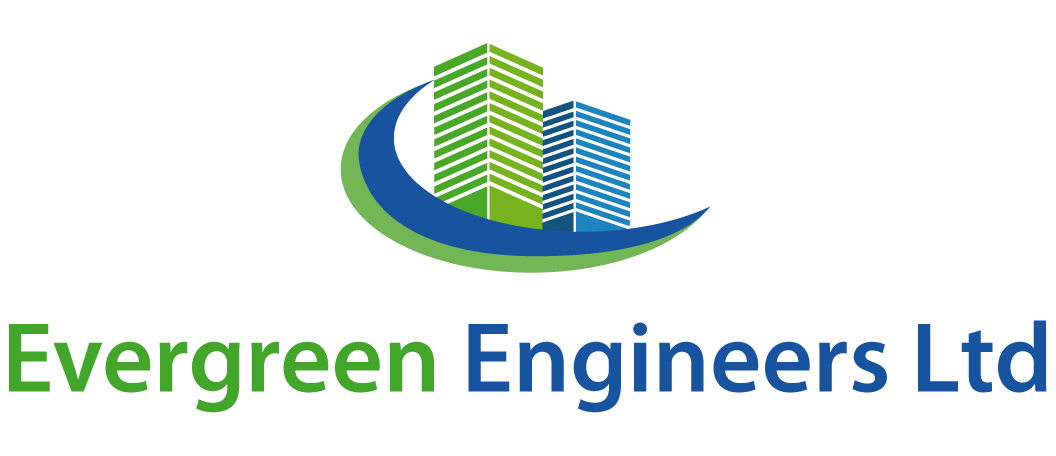Owning a home is a significant milestone, and with it comes the responsibility of ensuring that your property remains a safe and secure haven. One of the crucial tools in maintaining the health of your home is the UK Property Inspection Checklist. In this blog, we embark on a journey to unravel the intricacies of this checklist, understanding why it is the guardian of your home and how it plays a pivotal role in preserving the value and longevity of your property.
The Foundation: Why Regular Inspections Matter
Preserving Structural Integrity:
The structural integrity of your home is paramount. Regular property inspections in the UK are designed to detect any signs of wear and tear in the foundation, walls, and roof. By addressing these issues promptly, homeowners can prevent more extensive and costly damage.
Identifying Damp and Moisture Issues:
Damp and moisture are common adversaries for UK homeowners. Property inspections focus on identifying potential sources of dampness, whether from leaky roofs, plumbing issues, or inadequate ventilation. Early detection is key to preventing structural damage and mold growth.
Checking Electrical and Plumbing Systems:
Ensuring the safety and functionality of electrical and plumbing systems is crucial. The property inspection checklist includes a thorough examination of wiring, sockets, pipes, and fixtures. Identifying and rectifying issues promptly helps prevent hazards and ensures the smooth operation of these essential systems.
Fire Safety Measures:
Home safety is a top priority. Inspections encompass a review of fire safety measures, including the functionality of smoke detectors, fire extinguishers, and escape routes. This proactive approach is essential for safeguarding your home and the well-being of its occupants.
Above and Beyond: Interior and Exterior Elements
Doors and Windows:
The condition of doors and windows significantly impacts both the aesthetics and functionality of your home. Inspections assess whether doors and windows operate smoothly, are adequately sealed, and are free from issues such as rot or warping. Ensuring a tight seal contributes to energy efficiency.
Flooring and Carpets:
The flooring in your home undergoes daily wear and tear. Property inspections scrutinize the condition of flooring and carpets, checking for signs of damage, moisture, or pests. Early intervention can prevent the need for extensive repairs or replacements.
Inspecting Appliances:
From kitchen appliances to heating and cooling systems, inspections delve into the functionality of household devices. Detecting potential issues early can extend the lifespan of appliances and prevent unexpected breakdowns, saving homeowners from inconvenience and additional expenses.
Exterior Elements:
The exterior of your home is its first line of defense against the elements. Property inspections encompass a thorough examination of the roof, gutters, siding, and foundation. Identifying and addressing issues in these areas safeguards your home from weather-related damage.
Crucial Components: Understanding the Inspection Process
Professional vs. DIY Inspections:
While homeowners can conduct basic visual inspections, hiring a professional for a more comprehensive evaluation is advisable. Professional inspectors bring expertise, experience, and often use specialized tools to uncover issues that may go unnoticed during a DIY inspection.
Frequency of Inspections:
The frequency of property inspections varies, but a general guideline is to conduct a thorough inspection annually. However, certain factors, such as the age of the property or local climate conditions, may warrant more frequent assessments.
Documentation and Record-Keeping:
Maintaining detailed records of property inspections is crucial. This documentation not only serves as a reference for future inspections but also provides a comprehensive history of the property’s maintenance. This can be valuable when selling or refinancing the home.
Costs and Budgeting:
Property inspections are an investment in the long-term well-being of your home. While there may be costs associated with hiring professional inspectors, viewing it as a preventive measure can help homeowners avoid more significant expenses resulting from undetected issues.
The Guardian’s Watchful Eye: Future-Proofing Your Home
Increasing Property Value:
A well-maintained property is inherently more valuable. Regular inspections and prompt repairs contribute to the overall condition and curb appeal of your home, enhancing its market value. This is particularly important for homeowners considering selling or refinancing.
Preventing Costly Repairs:
The adage “prevention is better than cure” holds true in homeownership. The property inspection checklist acts as a preventive tool, identifying potential issues before they escalate into costly repairs. Timely intervention can save homeowners from financial strain and stress.
Ensuring a Safe and Healthy Environment:
Beyond financial considerations, property inspections contribute to the well-being of the home’s occupants. Detecting and rectifying issues related to safety, air quality, and structural integrity fosters a living environment that prioritizes the health and comfort of its residents.
In essence, the UK Property Inspection Checklist is the unwavering guardian of your home. It serves as a vigilant ally, protecting your investment, ensuring the safety of your family, and enhancing the overall quality of your living space. Embracing regular property inspections is not just a responsibility; it is a proactive and empowering approach to homeownership. By unravelling the checklist and understanding its significance, homeowners can embark on a journey of informed decision-making, safeguarding their homes for years to come.
For more information you can contact us or call us at 07500242494 / 020 3129 5156.




